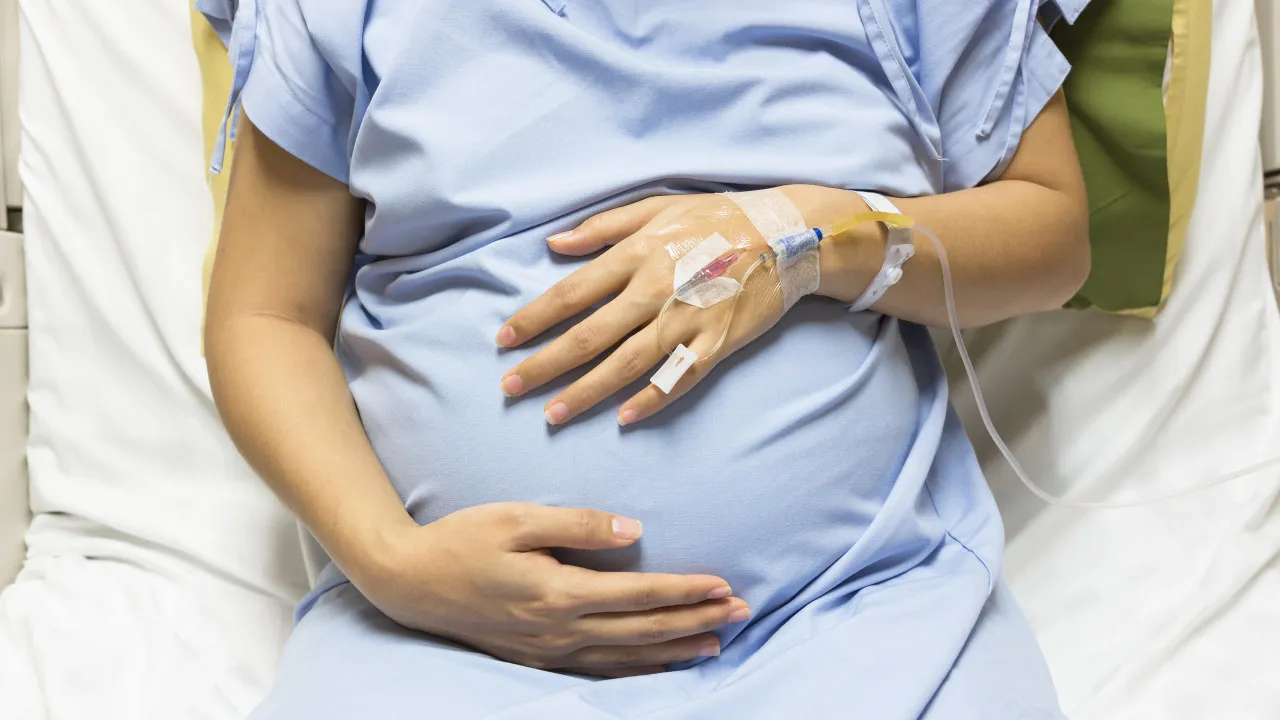
A woman at 40 weeks of pregnancy sought medical attention at five hospitals in the Lisbon and Setúbal districts with severe abdominal pain but tragically lost her baby shortly after delivery.
The account was shared by the 37-year-old woman, identified as E.C., who spoke with a local newspaper.
The ordeal began on the 10th when E.C., nearing 40 weeks of pregnancy, was directed by the SNS24 service to the Gynecology/Obstetrics department of Setúbal Hospital.
After an evaluation at the hospital, she was told that “everything was fine.” E.C. returned home to Seixal. Almost a week later, the pain recurred, and on the 16th, she went to Hospital da Barreiro. There, she underwent a cardiotocography, a non-invasive exam assessing fetal well-being.
The same reassurance was given at this facility, and she was sent home. Three days later, the pain returned, leading E.C. to the emergency department of Garcia de Orta Hospital in Almada. “They did a CTG, everything seemed fine, but they didn’t admit me because there were no beds available,” she recounted.
Two days later, the situation persisted. E.C. contacted SNS24 and was referred to Cascais Hospital, where she was told there were no available beds. She insisted on staying, resulting in a transfer to Santa Maria Hospital in Lisbon.
Upon arriving at Santa Maria on June 21, the decision was made to induce labor. “On the 22nd, they attempted a natural birth, but it was unsuccessful and they performed an emergency C-section. My daughter was born weighing 4525 grams but had weak heartbeats. Resuscitation attempts were made, but she did not survive,” E.C. said.
Efforts to reach the hospitals involved have been made, but Santa Maria’s Local Health Unit stated that the user’s ultrasound scans “indicated normal fetal growth” and the CTG performed upon admission “was normal.”
Inducing labor was decided upon because E.C. had “two previous vaginal births,” with one newborn weighing “3900 g, thus no indication for a C-section existed.”
According to the same information, an instrumental delivery was attempted to shorten the expulsive phase due to “CTG showing decelerations in heart rate,” but it was unsuccessful, necessitating a C-section.
During the procedure, a large hematoma on the broad ligament of the uterus was found, “which complicated the incision and significantly delayed fetal extraction.”
“The newborn showed signs of life but could not survive the low-oxygen episode experienced before delivery,” Santa Maria’s health unit explained.
The autopsy results are pending, and E.C. will decide on filing a complaint based on its findings.




